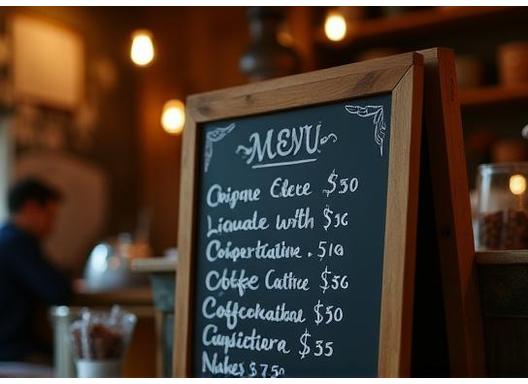Café do Mercado
Experiência artesanal para apaixonados por café
Onde tradição e inovação se encontram em cada xícara.

Nossa História
Fundado no coração de Porto Alegre em 2002, o Café do Mercado nasceu de um sonho — criar um lugar onde cada xícara conta uma história. Inspirados pela tradição dos antigos armazéns argentinos e pelas cafeterias italianas, unimos sabores autênticos do Brasil ao calor do acolhimento gaúcho.
Mais do que servir café, celebramos relações: nossos grãos vêm de pequenos produtores, trabalhamos com equipes premiadas e apoiamos projetos sociais locais. Aqui, receitas de família se misturam a métodos de preparo inovadores. Nossa missão é encantar, promover o consumo consciente e valorizar o café brasileiro, sempre com respeito à origem.
- ✓ Grãos selecionados de origem sustentável
- ✓ Equipe premiada e treinada
- ✓ Ambiente acolhedor e familiar
- ✓ Compromisso com a comunidade local
Nossos Serviços

Cafés Especiais
Prove cafés exclusivos extraídos por baristas apaixonados: desde o aroma intenso do espresso italiano até métodos filtrados como Aeropress e prensa francesa. Descubra novos sabores e nuances a cada visita.

Confeitaria Artesanal
Servimos bolos, tortas e pães feitos à mão diariamente, com ingredientes frescos. Delicie-se com receitas próprias e sabores inspirados em diferentes culturas. Do clássico brownie ao pão de queijo, opte por algo único e fresquinho.

Venda de Grãos e Blends
Leve o melhor café para casa! Oferecemos grãos frescos, moídos na hora e blends incríveis selecionados por nosso mestre de torra. Nossa equipe ajuda você a escolher o perfil perfeito para seu paladar.

Treinamento de Baristas
Nossos cursos vão do básico ao avançado, focando na arte da extração, vaporização do leite e técnicas de latte art. Para quem busca aperfeiçoamento profissional ou para iniciantes apaixonados por café.

Catering para Eventos
De reuniões a festas sofisticadas, oferecemos serviço personalizado de café e confeitaria, com opções para empresas e celebrações familiares. Experimente o sabor e a elegância em seu evento.
Depoimentos

O Café do Mercado é o lugar perfeito para começar o dia! Ambiente acolhedor e o melhor espresso de Porto Alegre.

Equipe super atenciosa, grãos frescos e workshops que elevam a experiência. Recomendo para amantes de café e iniciantes!

Contratei o catering do Café do Mercado para um evento corporativo – foi um sucesso absoluto!

Descobri meu café favorito aqui. Recomendo o cappuccino artesanal e as tortas fresquinhas!

Ambiente leve, ótima seleção de livros e wifi estável. Ideal para trabalhar ou relaxar!

Adoro trazer meus filhos nos finais de semana. Os baristas sempre têm um sorriso e sugestões de novidades.




